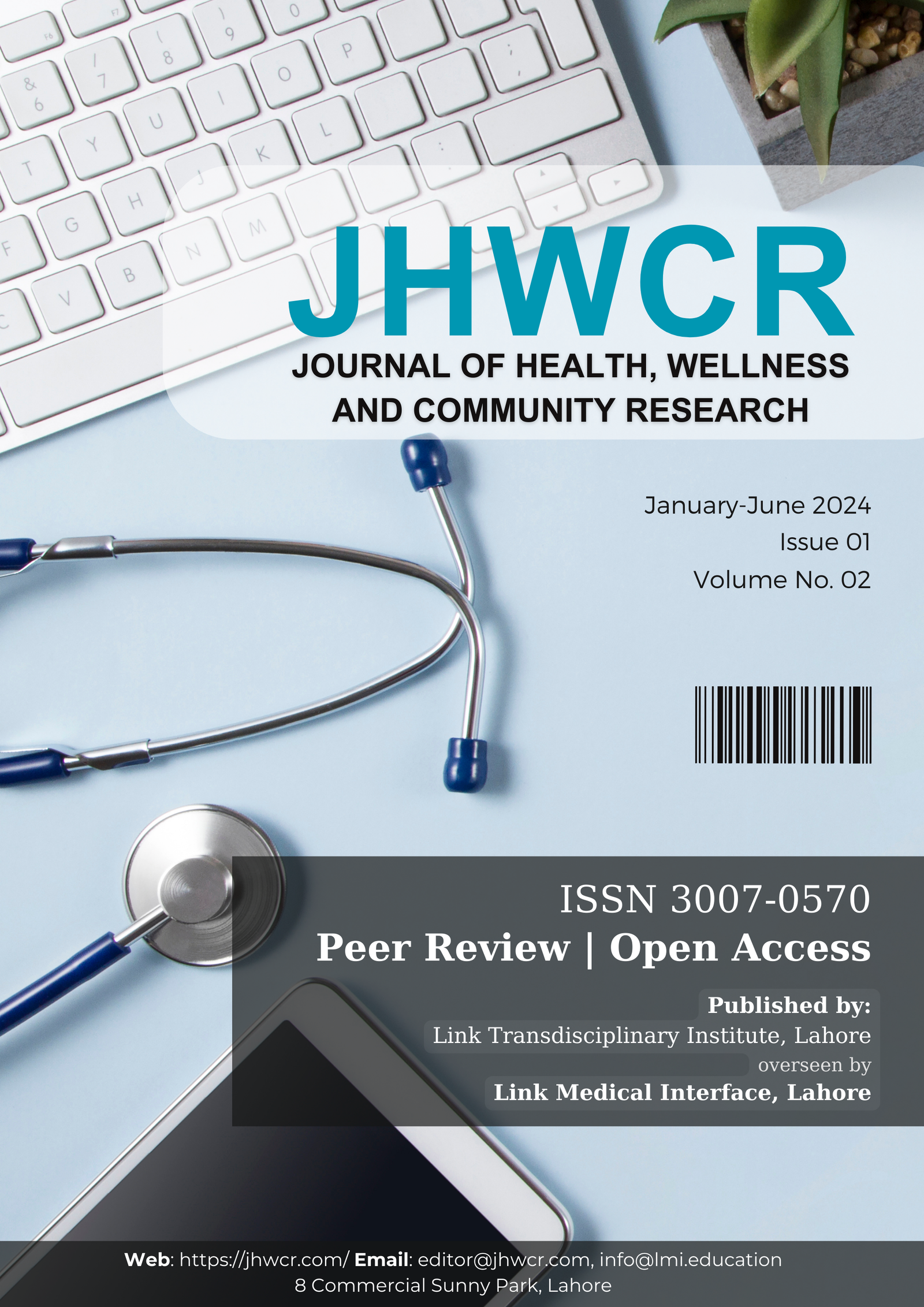Association Between Vitamin D Deficiency and Calcium Status in School-Aged Children and Adolescents in Lahore
DOI:
https://doi.org/10.61919/ys6bt433Abstract
Background: Vitamin D plays a crucial role in bone health and calcium homeostasis, yet deficiency remains widespread among children in Pakistan despite abundant sunlight, largely due to inadequate dietary intake, limited sun exposure, and socioeconomic barriers. Objective: This study aimed to determine the prevalence of vitamin D deficiency among children aged 6–18 years in Lahore, Pakistan, and to assess its association with serum calcium levels as well as related lifestyle and dietary factors. Methods: A cross-sectional descriptive study was conducted at Noble Hospital, Lahore, enrolling 150 children aged 6–18 years through non-probability convenient sampling. Inclusion criteria were healthy children presenting for routine check-ups; exclusions included chronic illness, recent supplementation, or skeletal disorders. Data on sun exposure, dietary habits, and supplement use were collected using structured questionnaires. Serum vitamin D and calcium levels were measured using standardized laboratory methods (CLIA/ELISA and spectrophotometry, respectively). Ethical approval was obtained from The Superior University Lahore in accordance with the Helsinki Declaration. Statistical analyses, including Spearman’s rho and non-parametric tests, were performed using SPSS 27.0. Results: Of the participants, 32% were vitamin D deficient (<20 ng/mL), 23.3% insufficient (20–30 ng/mL), and only 44.7% sufficient (>30 ng/mL). A strong positive correlation was observed between vitamin D and serum calcium levels (ρ = 0.734, p < 0.05). Deficiency was significantly associated with lower dairy intake, minimal sun exposure, and lack of supplementation, with notable clinical findings including increased rates of bone pain and musculoskeletal conditions among deficient children. Conclusion: Vitamin D deficiency is highly prevalent among school-aged children and adolescents in Lahore and is strongly linked to suboptimal calcium status and adverse musculoskeletal health outcomes. These findings underscore the urgent need for public health interventions, including dietary fortification, supplementation, and education to promote adequate sun exposure and nutrition for improved pediatric health.
Downloads
Published
Issue
Section
License
Copyright (c) 2025 Azhar Abbas, Tahir Abbas, Ijaz Ahmad, Azka Mubeen, Sidra Iqbal, Faizan Hameed, Rida Fatima (Author)

This work is licensed under a Creative Commons Attribution 4.0 International License.


